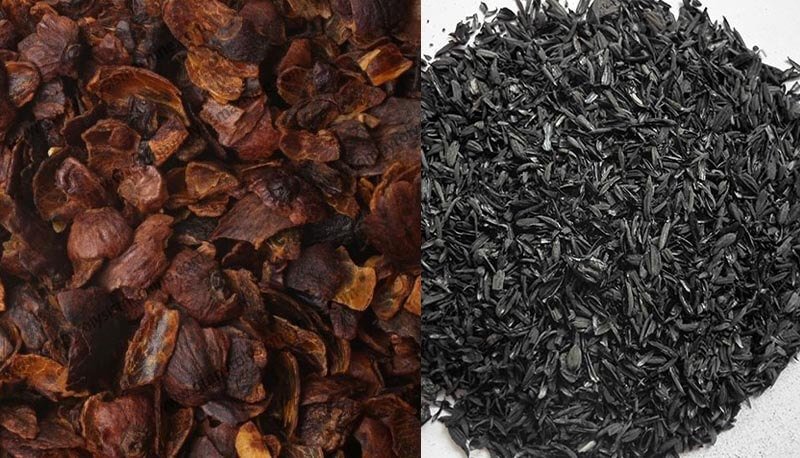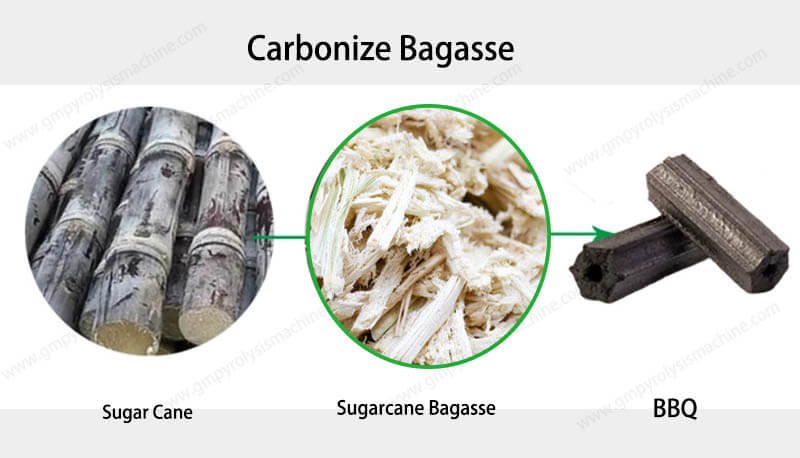Pineapple Biomass Continuous Carbonization Furnace Introduction
In recent years, the demand for sustainable and eco-friendly energy solutions has led to innovative technologies in various industries. One such solution gaining traction is the pineapple biomass continuous carbonization furnace. This technology offers an efficient and environmentally responsible way to turn agricultural waste, such as pineapple waste, into valuable products like biochar and renewable energy. But what exactly is pineapple biomass, and how does the continuous carbonization process work? Let’s dive into this cutting-edge solution and explore its benefits, applications, and future potential.
What is Pineapple Biomass?
Pineapple biomass refers to the organic waste generated during the cultivation and processing of pineapples. This includes parts of the plant that are typically discarded, such as pineapple leaves, stems, and even the fruit’s peel. As the world faces increasing pressure to manage agricultural waste, pineapple biomass presents a viable opportunity to reduce waste while also creating valuable products.
Definition and Types of Biomass
Biomass is any organic material that can be used as fuel. It includes plant matter, wood, agricultural residues, and even food processing waste. Pineapple biomass is a subset of this broader category, derived specifically from the pineapple plant and its by-products.
How Pineapple Waste Becomes Biomass
In the past, pineapple waste often went unused, contributing to environmental pollution. However, with the development of carbonization technology, pineapple waste is now being transformed into biomass that can be used in various ways, including as a source of renewable energy and as a soil amendment.
The Process of Continuous Carbonization
The process of continuous carbonization is central to the functioning of the pineapple biomass furnace. This technology allows for the efficient conversion of organic waste into biochar and other products by heating the biomass in a low-oxygen environment.
What is Continuous Carbonization?
Continuous carbonization is a process in which biomass is heated in a furnace without the presence of oxygen. This process results in the creation of carbon-rich biochar, which can be used for various industrial, agricultural, and energy purposes. The continuous aspect of this method means that biomass is continually fed into the furnace while the carbonization process takes place, allowing for high throughput and efficiency.
Key Features of Continuous Carbonization Furnaces
Continuous carbonization furnaces come with several key features that make them ideal for large-scale biomass processing:
Automated Feeding Systems: These systems ensure a continuous flow of biomass into the furnace, optimizing the carbonization process.
Temperature Control: The furnace is equipped with precise temperature controls to ensure that the biomass is heated to the optimal temperature for carbonization.
Energy Recovery Systems: Many continuous carbonization furnaces have built-in energy recovery systems that capture and reuse heat from the process.
Benefits of Continuous Carbonization
Efficiency: The continuous process allows for high-volume processing, reducing the need for manual intervention.
Scalability: This method can be scaled to meet the needs of different industries, from small farms to large-scale biomass processors.
Environmental Sustainability: By converting agricultural waste into useful products, this process reduces the environmental impact of waste disposal.
How the Pineapple Biomass Carbonization Furnace Works
Step-by-Step Explanation of the Carbonization Process
Biomass Feeding: Pineapple waste, such as leaves, stems, and peel, is fed into the continuous carbonization furnace.
Heating: The biomass is gradually heated in a controlled environment to temperatures typically between 400°C and 800°C.
Pyrolysis: As the biomass reaches higher temperatures, it undergoes pyrolysis, a chemical process that breaks down the organic material into solid biochar, liquid bio-oil, and gases.
Cooling: After pyrolysis, the biochar is cooled and collected for use in various applications, while the gases can be burned for energy or used in the heating process.
Temperature and Time Parameters
The ideal temperature and duration for carbonization depend on the type of biomass and the desired final product. Typically, pineapple biomass requires a temperature range of 450°C to 600°C, with the carbonization process taking several hours to complete.
The Role of the Furnace in Converting Biomass
The furnace acts as the controlled environment that ensures optimal carbonization conditions. It provides the necessary heat and regulates the oxygen levels to prevent combustion, allowing for the efficient conversion of biomass into biochar and other by-products.
The Role of the Furnace in Converting Biomass
The furnace acts as the controlled environment that ensures optimal carbonization conditions. It provides the necessary heat and regulates the oxygen levels to prevent combustion, allowing for the efficient conversion of biomass into biochar and other by-products.
Applications of Carbonized Pineapple Biomass
Biochar Production and Its Uses
Biochar, a key product of the carbonization process, is used in agriculture to improve soil quality, in energy production as a fuel source, and in industry for various purposes.
Energy Generation from Carbonized Biomass
Carbonized biomass can be used as a renewable energy source, helping to reduce reliance on fossil fuels.
Agricultural Benefits of Biochar
Biochar enhances soil fertility, retains moisture, and improves crop yields, making it a valuable resource for farmers.
Conclusion
Pineapple biomass continuous carbonization is a powerful solution to both agricultural waste and energy needs. By transforming pineapple waste into valuable biochar and renewable energy, this technology contributes to sustainability, reduces environmental impact, and offers economic benefits. As the world continues to seek more eco-friendly solutions, the role of pineapple biomass in carbonization will only become more significant.






